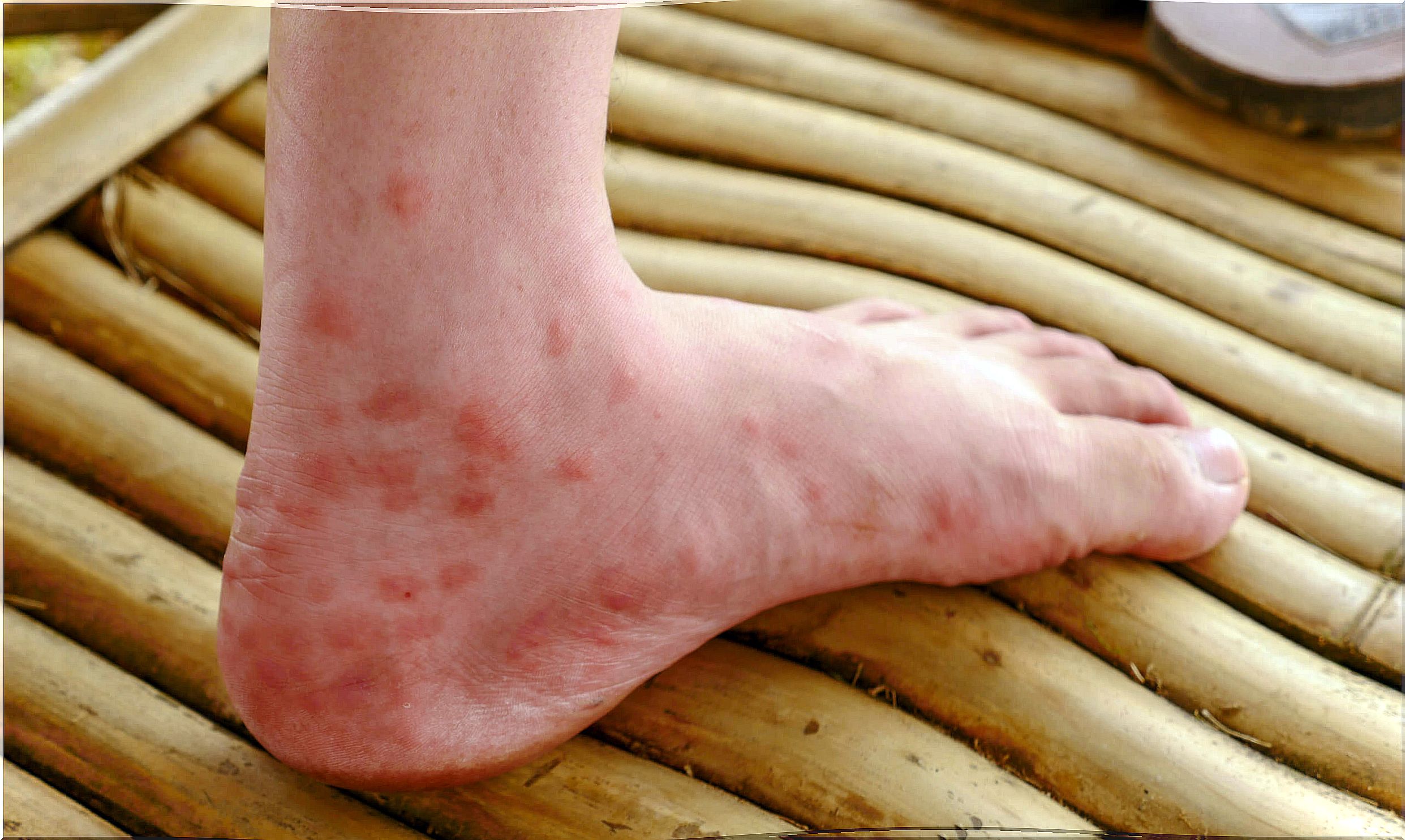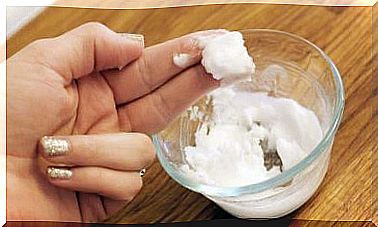Chronic Urticaria: How Does It Affect Your Quality Of Life?
Chronic urticaria is a more common condition than one would think. In the world it is estimated that 1% of the population suffers from it, without significant variations between different regions. The most affected are women between the ages of 30 and 50.
Common urticaria is the appearance of reddish bumps on the skin, accompanied by intense itching. These bumps are of different sizes and can appear and disappear suddenly, as if they were changing places.
Common hives turn into chronic hives when it lasts over time. From a clinical point of view, to diagnose it the patient must have suffered it for more than six weeks in a year, even considering the intermediate times without visible lesions.
The causal origin of this pathology is unknown, but it is understood that treatment has to do with controlling the body’s allergic reaction. For this, antihistamine drugs and hygienic-dietary measures are usually indicated.
Symptoms of chronic urticaria

The characteristic sign of the disease are reddish welts on the skin, with no special predilection for any specific part of the body. On the other hand, the change in the places of appearance and the different sizes of the welts is constant.
However, as not all hives that appear on the body are caused by chronic urticaria, this is the list of symptoms that is considered for clinical diagnosis:
- Red bumps on any part of the body.
- Variable appearance of the welts with different shapes, in a pattern of appearance and disappearance.
- Swelling in some area of the skin along with the appearance of these elements.
- Relationship of the appearance of hives with a trigger, such as stress situations or exposure to heat.
- Itching intense : itching.
Chronic urticaria and quality of life
More than half of patients suffering from chronic urticaria have their social life affected, as expressed in this study from St Thomas Hospital (United Kingdom). Also, more than half of them feel that their sex life is worsened by the aesthetic issue.
However, negative results are not only seen in these aspects, but also in the workplace. 25% of patients miss work once a month. In fact, an association has been found between a greater impact on the quality of life and lower income.
The role played by the close circle in patients with chronic urticaria is very important. They must be aware of the pathology and its manifestations to avoid rejection manners and gestures that can undermine self-esteem. When personal contempt increases, there is less possibility of adherence to treatments.
Stressful situations can make chronic urticaria worse. Even a small effect, such as increased anxiety scratching, causes complications, as it could lead to a skin lesion that later becomes infected.
Such is the impact on daily life that is recorded among patients, that part of the medical evaluation, according to global protocols in this regard, consists of applying quality of life measurement instruments to know in depth the patient’s condition.
Pharmacotherapy
One of the bases of treatment for chronic urticaria is the prescription of antiallergic drugs. Among them, the most widely used are antihistamines. Here we have two groups and options based on those that cause drowsiness and those that do not.
Among the antihistamines that cause drowsiness we can mention:
- Hydroxyzine.
- Doxepin
- Diphenhydramine.
Among those with fewer side effects, perhaps the best known is loratadine, located in the same group as fexofenadine and cetirizine.
If the dermal lesions involve forceful inflammation, corticosteroids may be prescribed as anti-inflammatories. They are medicines with a reduced and punctual use in time, due to their adverse effects. The most indicated is usually prednisone.
Non-pharmacological treatment

Beyond medication, hygienic-dietary measures are essential to improve the quality of life of patients with chronic urticaria. It will be these measures that contain the long-term symptoms.
Among the non-pharmacological indications we can mention as the most important:
- Avoid soaps that are not neutral and can further irritate the skin.
- Use moisturizing creams to maintain dermal hydration.
- Wear clothing that does not fit and that remains loose avoiding friction.
- Put on sunscreen to be outdoors, even on days that don’t seem so sunny.
- If there are known triggers, avoid them.
Quality of life is the most important
All these measures combined, although they will not cure the disease, will help improve the quality of life to be able to carry out daily activities in the best possible way.
It is important that the disease does not become disabling, nor a reason for withdrawal from personal relationships. In case this happens, it is advisable to consult with a psychologist.









